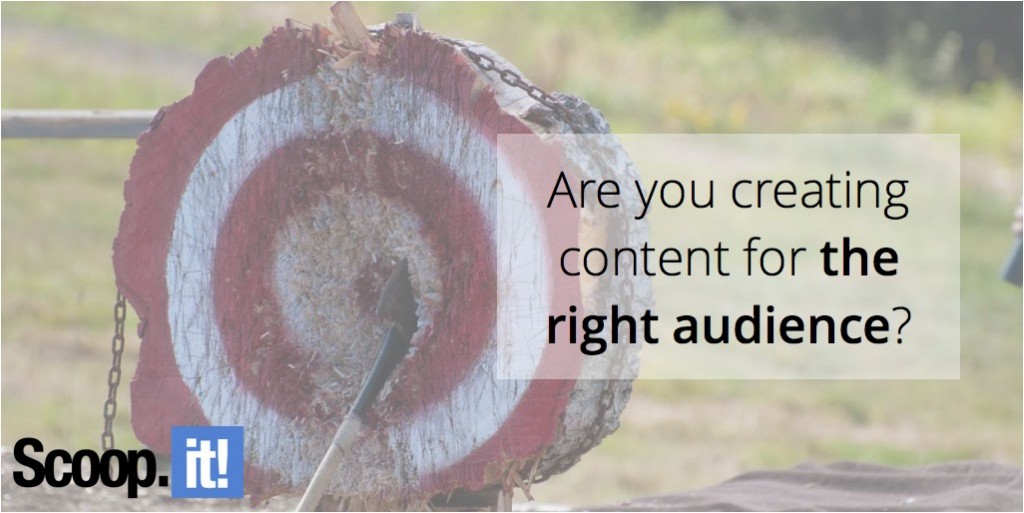
Maybe this scenario has happened to you: You created a blog for your business and populated it with great content, only to discover that no one is reading or sharing your content. Or, maybe your content is getting shared, but it’s not leading to any sales. Disappointments like these are common when your current audience isn’t your right audience.

Image source: Pixabay
To be successful with content marketing, you need to know
1. That your content audience consists of people who will actually do business with you, and
2. That your content is resonating with that audience
Like everything else in marketing, creating effective content takes time. So you don’t want to waste time or effort creating content that’s not going to be of interest to the people who would do business with you.
Here are some practical guidelines for discovering just who your right audience is, as well as discovering your audience’s content needs.
1. Answer These Four Foundational Questions
The first step to making sure you’re creating content for the right audience is to have solid answers to some basic (but necessary) questions. This is especially important for startups, but established companies will also benefit by reviewing these questions.
What needs do my products and services fulfill? What problems do they solve? Yes, these ultra-basic “Business 101” questions need to be asked by any company in existence. But they’re also very important to keep in mind while determining your right content audience.
Does my content address the needs that my products fulfill? In this digital environment of humorous memes, it’s hard to resist the temptation of posting content that has nothing to do with your brand. For content-marketing success, 100% of your content should, in some way, be related to the needs of your audience and the solutions of your products.
It’s true that humor and entertainment are cornerstones of successful content. The entertaining content just needs to pertain to your brand. This ensures relevancy, and helps you make sure your content is addressing an audience who will actually do business with you.
Who currently purchases my products or services? This is especially important for newer businesses. If you have a sales team, they’d be good to ask. If possible, segment your current customers based on their needs, location, budget, etc.
Image source: Pixabay
Why should customers choose my products over the competition? For startups and newer businesses, it’s important to know who your competitors are. Ask, “How are my products solving problems better than the competitors’ products?”
Also, determine how successful your competitors are with their content marketing, and identify knowledge gaps that your content could fill.
The answers to these questions will help you in the continuing steps that follow.
2. Discover Who’s Currently Visiting Your Website
Use Google Analytics to discover insights about the people spending time on your website. With Google Analytics, you can determine:
Age and gender. You probably have a general idea of the ages and gender breakdown of your website visitors. But are you sure your hunches are correct? If you’re only going on educated guesses, you can do better.
It’s important that your content resonates with its readers. Knowing the average age of your audience, as well as their gender breakdown, helps you create content they’ll relate to. Your content team can form an effective “tone” and “voice” of the content based on this information.
Age and gender knowledge also helps you determine the social-media platforms you should use to distribute your content once it’s created.
Image source: Moz
Location of your audience. It helps to know which regions and cities your audience resides in. You might find some unexpected markets you were previously unaware of. Knowledge of your audience’s location will also enable you to accurately target your paid social media ads when it’s time to distribute your content.
If you’re based in the U.S., chances are high that most of your visitors reside in the U.S. There could be surprises, though! Some marketers discover that their site gets a percentage of visits from Europe, the Philippines, or elsewhere.
Language preferences of your audience. If you discover that a significant number of people in your audience have a preferred language other than English, you might consider adding a version of your website in that language. You might decide to have your content translated into that language as well.
Professional identities of your audience. If you work for a B2B organization, consider using an audience intelligence tool like Leadfeeder, which works on top of your Google Analytics account to provide valuable information regarding your anonymous site visitors, as well. This includes the companies they work for, the size of their employers, the pages they visit and the people you know in common.
Image source: Leadfeeder
3. Get to Know Your Audiences with Facebook and Twitter Analytics
Don’t stop with Google Analytics! You can also learn a great deal about your audiences by using Facebook Audience Insights and Twitter Followers Dashboard.
Facebook Audience Insights. Unlike Facebooks Page Insights (which analyzes interactions only on your Page,) Facebook Audience Insights lets you analyze your current audience or potential customers across the entire Facebook network. If you’re thinking, “That’s huge,” well, you’re right!
This tool is so far-reaching and insightful that smart content marketers use it alongside of Google Analytics.
Facebook Insights provides you with general information like your audience’s gender, age, location, lifestyle, education, relationship status and household size. You can also look at more detailed information such as your audience’s estimated income, past purchase behavior, buying methods, (in-store vs. online), and much more.
Image source: Twitter Blog
Twitter’s Audience Insights Dashboard. If you have a Twitter Ads account, you can access the Twitter Audience Insights Dashboard. You’ll have access to five tabs in your dashboard:
- Overview: This tab lets you analyze your Twitter audience’s interests, occupation, consumer buying styles, highest level of education completed, and more.
- Demographics: In this tab, you’ll see audience information such as gender, language, geography, marital status, and more.
- Lifestyle: Interests, TV genres, charitable donation categories
- Consumer Behavior: Consumer buying styles, consumer goods purchased, credit card holders, and more
- Mobile Footprint: Wireless carrier and device categories
4. Create Buyer Personas (a.k.a. Marketing Personas)
Taking guidance from the research you’ve done in the previous steps, create buyer personas and refer to them in your content marketing strategy. HubSpot came up with an excellent definition of a buyer persona:
“A buyer persona is a semi-fictional representation of your ideal customer based on market research and real data about your existing customers. When creating your buyer persona(s), consider including customer demographics, behavior patterns, motivations, and goals. The more detailed you are, the better” (Source).
Image source: Slideshare
Buyer personas are indispensable not only for connecting your content to the right audiences, but also for effective marketing and sales. As you’re creating content, keep your company’s buyer personas in mind. Let the data in these personas guide you and give you understanding of the job titles, incomes, frustrations and goals of the people you’re creating content for.
The best way to create buyer personas? Besides using the knowledge you gained through Google Analytics, Facebook and Twitter Insights, conduct interviews and take surveys of your customers and prospects. Some companies offer their customers incentives, such as money or gift cards, for taking their surveys.
Again from HubSpot, here’s an excellent template with 20 survey questions you can ask while creating your buyer personas. You’ll also find a wealth of useful information from the Buyer Persona Institute.
5. Come Right Out and Ask Your Audience What Content They’d Like to See
Does your company have an email list? If so, you have the ability to survey your readers about what content they’d be interested in. How do you ask them about it?
Image source: GetResponse
One great way to discover the content needs of a B2B audience is to ask them questions such as, “What’s the biggest business challenge you’re facing right now?” Or, a marketing firm might ask something like, “What is the biggest social-media frustration you’re experiencing?”
If you receive several different answers to these questions, you now have a supply of content topics that you know will be valuable to the right audience.
Also, you don’t have to use an email list to survey your audience. Some marketers build surveys into their websites. Another great way to ask your audience about the content they’d like to see is by setting up a Twitter Poll. If you have a large Twitter following, such a poll can be very informative!
Getting Your Audience Right is Difficult, But Worth It!
As this article has made clear, resonating with the right audience is not an “accidental” process. It’s challenging to create content that’s (a) high quality, (b) reaches the right audience, and (c) convinces the right audience to do business with you rather than the competition. It’s also challenging to create this kind of content consistently.
But businesses and marketers who take the time and effort to do it right find that it’s worth it. When the right audience is targeted and the content resonates with them, that’s when the magic happens. And by “magic,” I mean high numbers of shares, comments and likes from people who will do business with you.
Ultimately, this kind of content and audience-targeting is what leads to great branding, higher sales, and a competitive advantage. Are you up for the challenge?
If you want to get 30 effective techniques to master content marketing along with valuable insights from 10+ influencers like Mark Schaefer, Rebecca Lieb, Lee Odden, Jason Miller or Ian Cleary, download our free eBook now!
Image by Grempz



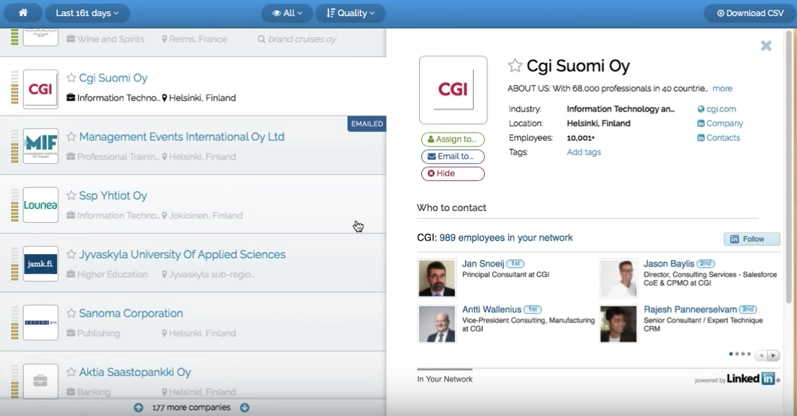
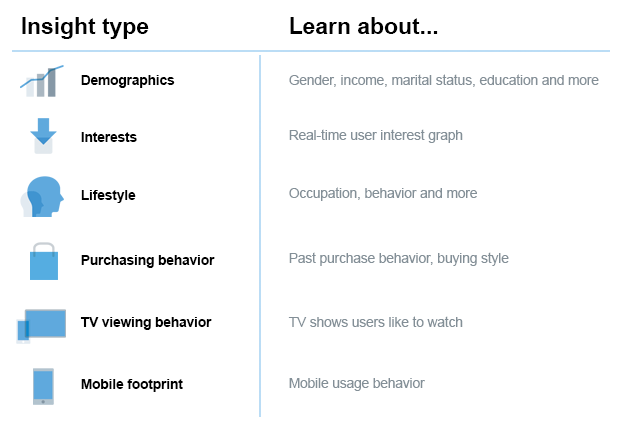
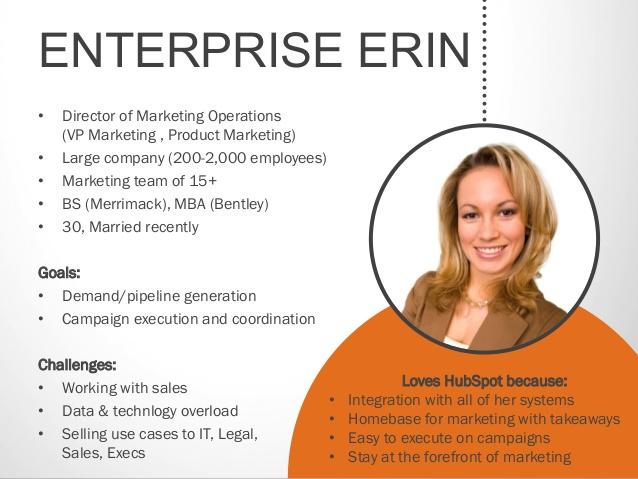
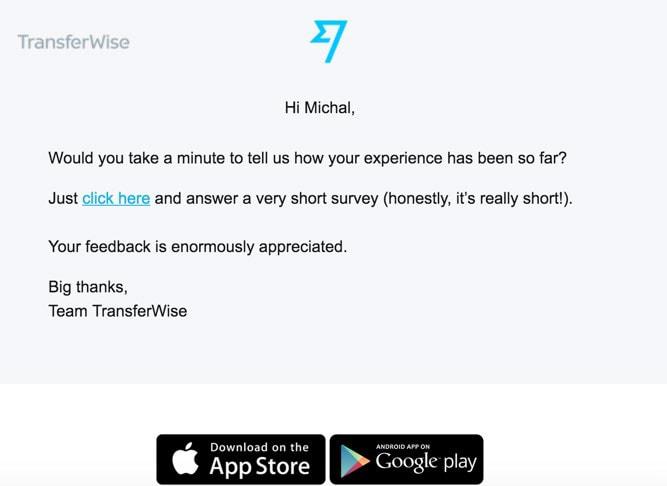


You’re spot on with the 3 points Dan – quality content, making that content reach the right people and then converting those people into leads and customers. It’s definitely not an accidental process.
Also checked out your site. Now I know where to send someone who needs legal marketing 🙂